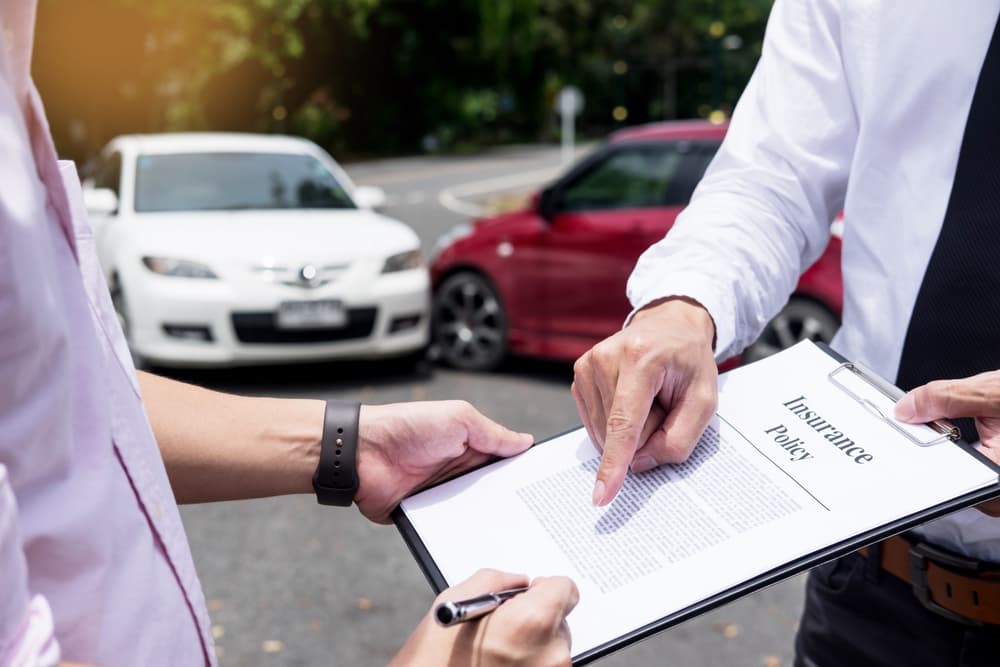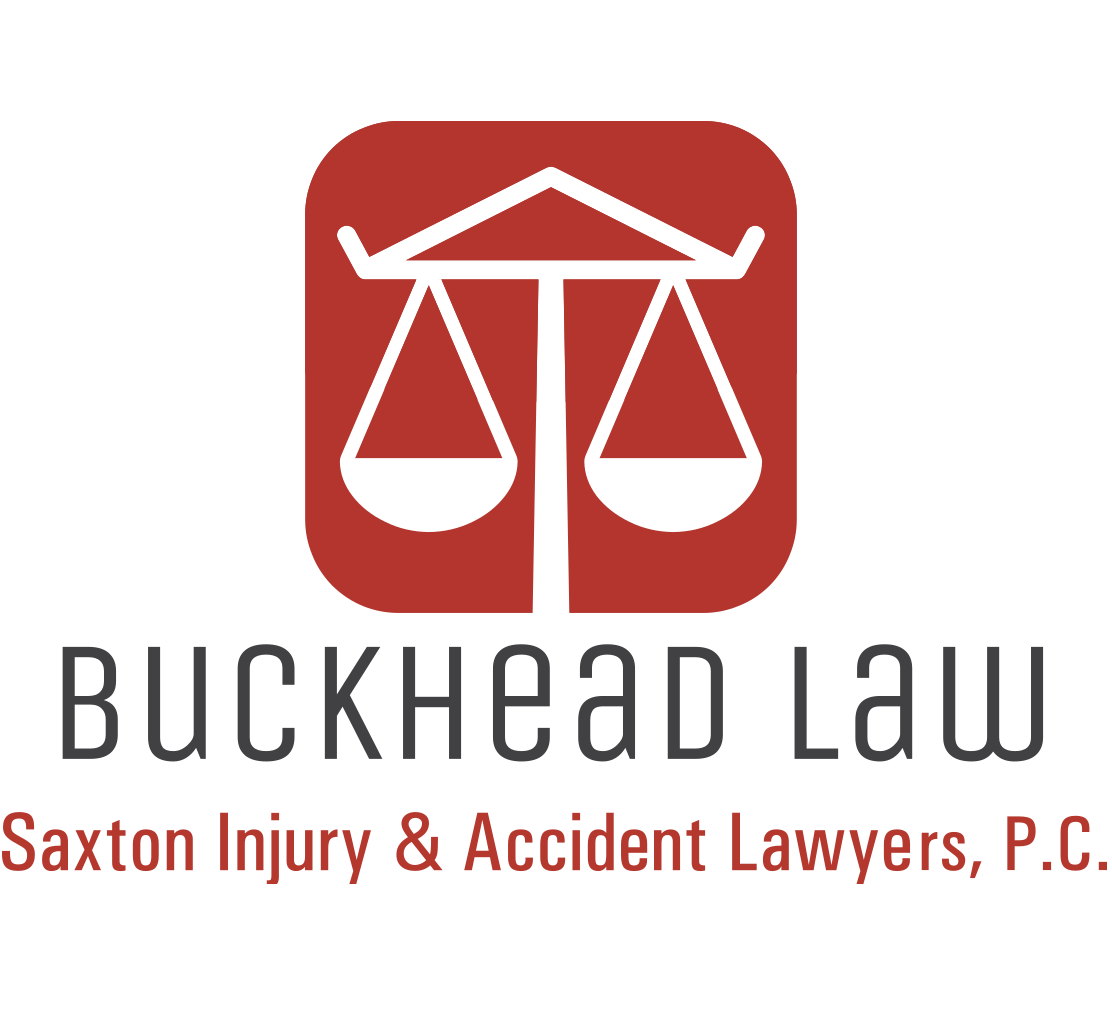The financial effects of a severe crash can be devastating, especially if the damages exceed the insurance policy limits of the at-fault driver. If you find yourself in a situation where your losses from an accident are greater than what the other driver’s insurance will cover, it’s important to understand your options.
If you’re ever in this difficult scenario, consulting an experienced car accident lawyer is always advised.
How Insurance Policy Limits Work
When you purchase auto insurance, your policy will have coverage limits. These are the maximum dollar amounts your insurer will pay for different claims. The two main types of coverage that come into play after an accident are:
- Property damage liability – Covers damage you cause to other people’s vehicles or property. Most states require drivers to carry minimum property damage liability coverage.
- Bodily injury liability – Pays for medical expenses, lost income, pain and suffering, and other damages experienced by others when you are at fault for an accident. This is also mandatory coverage in most states, with required minimum limits.
Suppose you are hit by a driver who carries only the state minimum bodily injury liability limits of $15,000 per person and $30,000 per accident. If you suffered severe injuries and your medical bills alone are $100,000, you can see how those minimum limits will be quickly exhausted.
It’s important to note that while state minimums are in place, drivers can purchase additional coverage with higher limits. Many insurance experts recommend liability limits of at least $100,000 per person and $300,000 per accident. However, not everyone follows this guidance.
Uninsured and Underinsured Motorist Coverage

To help protect yourself against drivers with little or no insurance, add uninsured/underinsured motorist (UM/UIM) coverage to your auto policy. If you are hit by an uninsured driver or one with insufficient coverage, you can turn to your own UM/UIM to help pay for your medical expenses, lost income, pain and suffering, and other damages.
UM/UIM coverage is not mandatory in all states but provides a valuable safety net. Imagine you suffer catastrophic injuries after being hit by an uninsured driver. Without UM/UIM, you may have no source of financial recovery except your health insurance and savings. But with this coverage, you have an additional avenue to pursue compensation.
However, your UM/UIM coverage will still have limits. If your losses exceed those limits, you may need to explore other options, which we’ll discuss later. But having UM/UIM is still better than solely relying on the other driver’s insurance.
When the At-Fault Driver Has Assets
In some cases, the driver who caused your accident may not have enough insurance but does have personal assets that could be used to pay your damages. These assets can include:
- Savings accounts
- Investment accounts
- A second home or rental properties
- Valuable collections or items
- Future income
If the at-fault party has substantial assets, your lawyer may advise you to file a personal injury lawsuit against them. Through the litigation process, your car accident attorney can work to prove the other driver’s liability for the accident and demonstrate the extent of your damages. If you secure a court judgment in your favor, you can go after the at-fault driver’s assets to collect what you are owed.
However, this process has some challenges. First, the other party may work to hide or protect their assets, making them difficult to access. Second, even if you obtain a judgment, collecting the money can be a long and complicated process. Your lawyer must work with the courts to go after the other party’s accounts and property.
When the At-Fault Driver Has No Assets
Unfortunately, in many cases, the driver who caused your accident may have no assets to pursue. They may have limited income and no valuable property. In these situations, even obtaining a judgment against the other party may not result in you collecting the compensation you need.
However, you still have a few potential options to explore:
Exploring Other Liable Parties
While the driver who directly hit you may be the most obvious party to pursue for compensation, there may be other individuals or entities who share liability for your accident. Identifying these additional parties can be crucial, especially if the at-fault driver has limited insurance coverage. Here are some examples of other potentially liable parties:
- Employers: If the driver who caused your accident was on the job at the time of the crash, their employer may be vicariously liable. This is especially true if the driver was operating a company-owned vehicle or was engaged in work-related activities. Employers often carry large commercial auto policies that can provide significant compensation.
- Vehicle owners: If the at-fault driver was borrowing someone else’s car at the time of the accident, the vehicle owner may be liable. Car owners have a responsibility to ensure that anyone they allow to drive their vehicle is licensed, competent, and not likely to cause harm.
- Bars and restaurants: If the driver who hit you was over-served alcohol at a bar or restaurant and then caused an accident, the establishment may be partially liable under dram shop laws. These laws hold alcohol vendors responsible when they serve visibly intoxicated patrons who go on to cause injuries.
- Government entities: If your accident was caused by a dangerous road condition, like a large pothole or missing guardrail, the government agency responsible for maintaining that road can be liable. These cases can be complex, as there are special rules for suing government entities.
- Vehicle and parts manufacturers: If a defective vehicle or vehicle part played a role in causing your accident, you may have a claim against the manufacturer. This is known as a product liability claim.
Identifying additional liable parties often requires a thorough investigation. Skilled car accident lawyers will know how to uncover evidence of other parties’ fault and build a strong case for compensation. They can also navigate the complex web of insurance policies involved when multiple parties are liable. If you’ve suffered a severe injury in an accident, it’s well worth discussing your case with a knowledgeable car accident attorney to ensure no stone is left unturned in pursuing the compensation you deserve.
Utilizing Your Health Insurance After a Car Accident
If you’ve suffered an injury in a car accident, your health insurance can be a valuable resource to help cover your medical expenses. Here’s what you need to know about using your health insurance after a crash:

- Notify your health insurance company about the accident as soon as possible. They will likely request information about the crash, including the date, location, and police reports.
- Submit all accident-related medical bills to your health insurer promptly. This includes bills for emergency room visits, hospitalizations, surgeries, doctor’s appointments, medications, and any other necessary medical treatment.
- Your health insurance will likely cover these expenses minus any deductible or copay amounts. A deductible is what you pay out of pocket before your insurance applies. A copay is a fixed amount you owe for each medical service.
- Keep track of all out-of-pocket expenses related to your accident injuries. You may be able to recover these costs through a personal injury claim against the at-fault driver.
- If your health insurer pays for treatment related to an accident caused by someone else, they may assert a right of subrogation. This means they can seek reimbursement from any settlement or judgment you receive from the at-fault party. Your lawyer can navigate this process.
While your health insurance can greatly help after an accident, it’s important to remember that it will not compensate you for damages like pain and suffering, lost income, or vehicle repairs. This is why you should always explore all your options for recovering compensation from the at-fault driver’s insurance or through a personal injury lawsuit.
The Benefits of Medical Payments Coverage
Medical payments coverage, often called “med pay,” is an optional type of car insurance that can help cover your accident-related medical bills. Here are some key things to understand about med pay:
- Med pay is not available in all states. Where it is offered, it can be added to your auto insurance policy for an additional premium.
- If you have med pay and suffered an injury in a car accident, this coverage will pay for your reasonable and necessary medical expenses up to your policy limits. This includes costs like ambulance rides, emergency room visits, surgeries, prescriptions, and more.
- One of the major benefits of med pay is that it applies regardless of who was at fault for the accident. So even if you caused the crash, you can still use your med pay to cover your medical bills.
- Med pay limits are typically lower than liability limits. Common options include $5,000 or $10,000 of coverage.
- Using your med pay does not prevent you from pursuing a claim against an at-fault driver. In fact, having your own coverage to pay for initial medical expenses can take some pressure off while you negotiate a settlement.
- Your med pay will not compensate you for non-medical damages like pain and suffering, lost income, or car repairs.
If you’re unsure whether you have med pay as part of your auto insurance policy, contact your agent or review your policy documents. And if you don’t have this coverage, consider adding it for extra financial protection in case of an accident.
Seeking Compensation Through an Umbrella Policy
An umbrella insurance policy provides additional liability coverage above and beyond a person’s auto or homeowners insurance limits. While not everyone carries an umbrella policy, they can be a potential source of compensation if you suffered an injury in an accident caused by someone else. Here’s what you should know:
- Umbrella policies are typically sold in increments of $1 million and can extend liability coverage substantially. For example, if a driver has $300,000 in liability coverage through their auto policy and a $1 million umbrella policy, their total available coverage will be $1.3 million.
- If you are severely injured in an accident and your damages exceed the at-fault driver’s auto liability limits, their umbrella policy will kick in to provide additional coverage.
- Umbrella policies don’t just apply to car accident claims. They can also cover incidents like dog bites, slips and falls on a person’s property, and libel or slander claims.
- To access compensation through an at-fault driver’s umbrella policy, you must prove that your damages exceed their underlying auto liability limits. This will likely require filing a personal injury lawsuit.
- Negotiating a settlement with an umbrella insurer can be complex. They will often fight hard to avoid paying out on these large policies. An experienced car accident lawyer can pursue maximum compensation.
It’s important to remember that not everyone has an umbrella policy. And even if the at-fault driver does have this coverage, the limits may still not be enough to fully compensate you for severe or catastrophic injuries. Your lawyer can investigate all potential sources of insurance coverage and advise you on the best path forward.
The Importance of Working With a Car Accident Lawyer
As you can see, when car accident damages exceed insurance limits, recovering fair compensation can become very complex. There are many factors to consider and avenues to explore. This is why working with a skilled car accident lawyer is so valuable.

An experienced car accident attorney can thoroughly investigate your accident to identify all potential sources of liability and insurance coverage. They can also calculate the full extent of your damages—including future anticipated losses—to determine the true value of your claim.
Your lawyer can negotiate with the insurance companies on your behalf, working to convince them to pay out the maximum possible amount. If needed, they can file a personal injury lawsuit and fight for your rights in court.
Handling all of these tasks on your own would be extremely challenging, especially if you are trying to recover from serious injuries. A knowledgeable lawyer will have the skills and resources to pursue all possible avenues to recover the money you need to put your life back together.
Reach Out to an Experienced Car Accident Attorney
Being in a car accident is never easy, but when your damages exceed the available insurance coverage, the aftermath can be especially overwhelming. However, even in these challenging situations, you have rights and options.
By understanding how insurance limits work, exploring all potential avenues for compensation, and working with a skilled car accident lawyer, you can put yourself in the best possible position to recover physically, emotionally, and financially after a serious crash.
If you’ve suffered an injury in an accident and need help, don’t hesitate to contact an experienced personal injury attorney. The right lawyer can make all the difference in ensuring you receive the full compensation you need and deserve. Call today to learn more about how they can help protect your rights after a severe crash.
